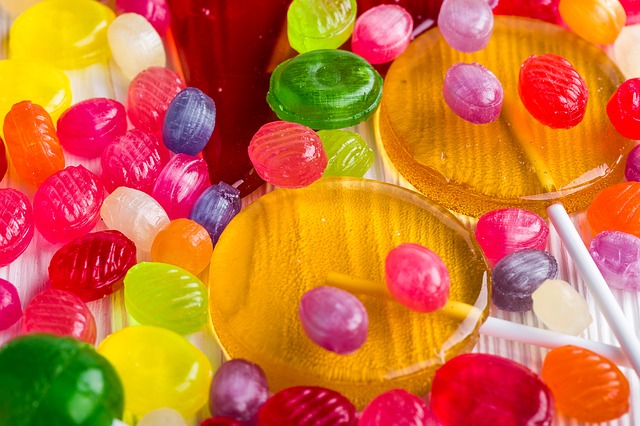“When working with her young patients, pediatric dentist and ADA spokesperson Dr. Mary Hayes teaches them this simple, but important, saying: “Sugar is fun to eat, but not good for your teeth!””
Most kids love sugar – but consuming too much of it can harm their teeth. Excess sugar encourages the growth of bacteria and plaque, which can cause cavities and decay. Here is a quick guide to to reduce your child’s sugary snacking. — Mount Vista Family Dental in Salmon Creek
1. Be Creative with Snacks
There is only so much vegetable sticks and hummus that anyone can eat before it gets boring, so you will need to get a bit creative with the snacks on offer. But this is not about going over the top with Pinterest-worthy creations either. Bright colors and interesting textures will do the trick, as well as pairing already well-liked flavors with new tastes. For example, try combining apple slices with a small amount of peanut butter or offering yogurt with fresh fruit and a sprinkle of granola. The goal is to make healthy snacks appealing and fun for your child.
2. Stock Up with Different Choices
Variety can help as well. Rather than just having single snacks to hand, get a couple of alternatives ready. Keep pots of plain yogurt or fromage frais in the fridge, nuts and raisins ready to be scooped out in handfuls, or some oven-roasted vegetable crisps with a small amount of dip waiting in the cupboard. This gives children the autonomy to choose their snacks, which can make them more likely to opt for healthier options.
3. Avoid Sugary Drinks
Parents hear over and over that even seemingly healthy drinks can often hide numerous teaspoons of sugar in them. While fizzy drinks are generally regarded as the most unhealthy options, fruit juice and smoothies aren’t as healthy as they seem either. Flavored water and squash can also contain sugar, so that leaves plain water as the best option for children to drink. Though many kids will say they don’t like the taste, adding a squeeze of lemon or orange, or infusing a large jug with mint and strawberries will help change their minds.
4. Don’t Forbid but Do Control
As research has repeatedly shown, forbidding foods makes them even more attractive to children. The occasional biscuit or chocolate bar will not jeopardize a child’s eating health habits, so long as it is just one or two every once in a while. Try not to keep sugary snacks in the home, avoid offering them if the kids don’t ask for them, and limit the quantity offered if they do. Explain to them why it is important to limit those foods too, as teaching them about their own health will work better in the long run than just saying no without explanation.
5. Start Thinking About Meals, Too
While snacks are easier to target through public health campaigns, remember that reducing sugar consumption should be done holistically. If half of children’s total sugar consumption comes from sugary drinks and snacks, then it is obvious that meals account for the other half. Start thinking about moderating desserts after meals and sugary breakfasts as well. For example, opt for whole grain cereals with no added sugars and serve fresh fruit as a dessert instead of sugary treats.
6. Eat Healthy as a Family
Children learn from what they see adults doing, so it is important that parents also make healthy choices. Research shows that children who participate in frequent family meals are more likely to eat fruit and vegetables, and they have more healthy eating habits overall that can continue into adult life. Apply the same rules to everyone in the family, and the children won’t be the only ones learning a valuable lesson. This means making an effort to eat well, brush twice a day, and clean between your teeth. If you want to change your child’s habits, do the same with them.
In Conclusion
Reducing your child’s sugary snacking is not just about cutting out sugar but about fostering a healthier lifestyle overall. By being creative with snacks, offering a variety of healthy choices, avoiding sugary drinks, controlling rather than forbidding sugary treats, thinking holistically about meals, and setting a good example, you can help your child develop better eating habits that will benefit their dental and overall health. Remember, it’s a gradual process that requires patience and consistency, but the long-term benefits are well worth the effort. Don’t forget to visit our Facebook!

